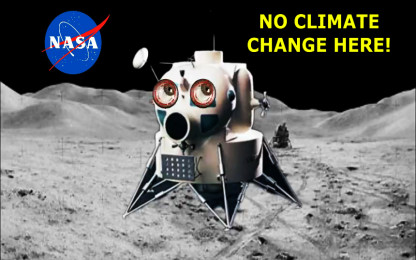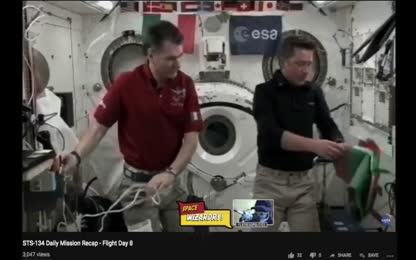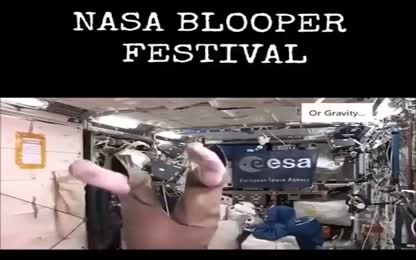Advertisement
Nasa pressure of thrust
Nasa says pressure of thrust is directly on rocket and not the air.
- Category: AstroNot / Actornauts ,NASA / ISS /Mars/ Moon Landing,NationalAgency of SpaceActors ,Satellites / Space / Planets
- Duration: 03:46
- Date: 2018-07-17 08:11:55
- Tags: nasa, pressure
0 Comments
Video Transcript:
Let's talk about NASA for a second and rockets. NASA says rockets can fly in the vacuum of space. They do not need air atmosphere to push off, matter of fact, it only gets in the way. So they say a rocket is comprised of two masses, the rocket and then the masses of the gases that are expelled out of the rocket. And the masses being expelled at a high rate of speed pushed directly on the rocket itself. So you may be wondering why we're staring at this M1A2 tank. Keep in mind this M1A2 tank weighs around 68 tons. We'll get to that in a second. So let's go here and let's hear what this guy has to say about the thrust. Because I'm Rokuri says the what that thrust, what part of the rocket that massive thrust is pushing again. So let's listen to this fellow for a second. I'm expanding gas escapes through the nozzle throat. Because of the Tundra skill, the mass of escaping gas molecules is accelerated rapidly. This kinetic energy bursting from the nozzle exit at supersonic speed generates an enormous force from the mass and acceleration. Of the gas flow is computed a basic measurement of rocket power thrust. The reaction to this thrust is expressed in pressure against the top of the chamber here. Against the sides here and against the interior walls of the nozzle here. So what he's saying is this nozzle, the entirety of this nozzle is taking on all of the thrust. All right, keep that in mind. So let's go here. This is SpaceX's Merlin 1D rocket. Now here's the nozzle right here. Now let's go back and look at something here. This is 147,000 pounds of thrust being applied in this rocket light saw. Let's watch it take off here for a second. Look at that. It's amazing. Okay. So you mean to tell me that this nozzle right here, this flimsy looking, well in relation to this thrust that's being applied, 147,000 pounds. That is 73.5 tons of pressure being applied right here. And this is a engine being tested. It's not flying, it's not pushing anything. Matter of fact, if you add half a brain cell, this would crush like a grape under 73.5 tons. This is getting more pressure applied to it right here than an M1 Abrams tank sitting on top of this thing. So if someone wants to come in and draw a line on here and show me or explain to me how this can accept that kind of pressure without being crushed, I would really greatly appreciate it.










 Donate
Donate







